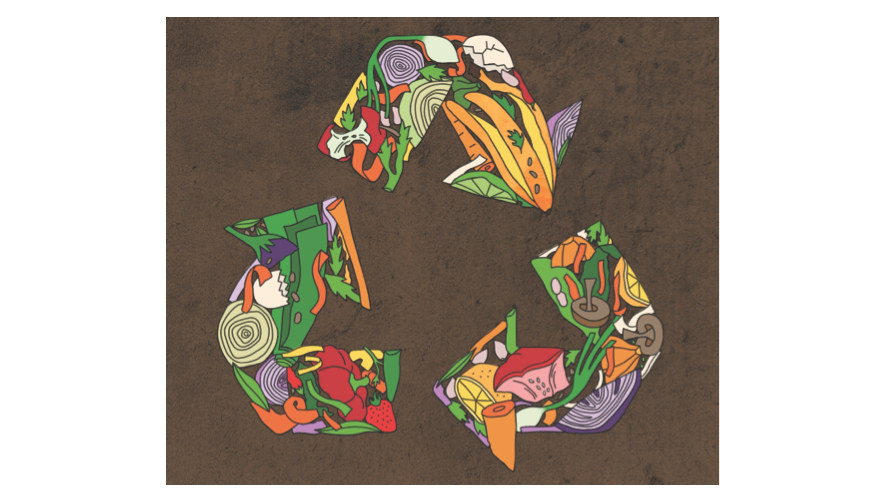Recycling may be a recent buzzword but nature has been doing it forever. Billions of organisms work away at organic material, breaking it down and releasing nutrients for plants and animals.
We can make use of this army of tiny workers in a compost heap to give us lovely rich compost to feed our garden soil. A teaspoon of healthy soil can have as many organisms living in it as there are people on the planet. Bacteria, protozoa, nematodes, rotifers, worms; all these and more will be in a compost heap and soil. It’s like having your own private mini zoo, or science experiment, in your garden.
If you have ever made your own compost you may have noticed that it gets quite warm. This happens when the microbes start working hard to decompose the old vegetable waste. Just like we get warm when we work out or eat a big meal, so smaller creatures do too. If you then get billions of them in a heap, the whole pile starts to warm up. Once they have finished digesting the organic matter, they slow down and the heap cools down again.
To make a really good compost you need a mixture of green and brown material. Green is higher in nitrogen and includes things like grass clippings and vegetable waste from the kitchen. Brown material has lots of carbon in it, such as woody material, straw and cardboard. With the right balance of materials you can make good compost in as little as six weeks. As a rough guide you should put about three parts brown to one part green.
There are a huge number of different types of compost bin to choose from but design is less important than looking after the heap and turning it. This lets the air in and mixes up the different materials, as well as cooling it if it gets too hot.
For compost geeks like me, you can get very technical and turn your heap at exactly the right temperature to keep the microbes happy and make the best compost in the shortest time. It doesn’t take that much work but you do have to visit the heap regularly.









